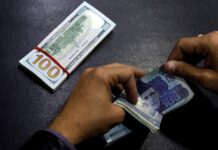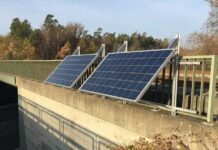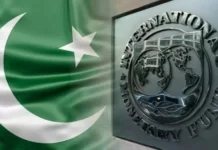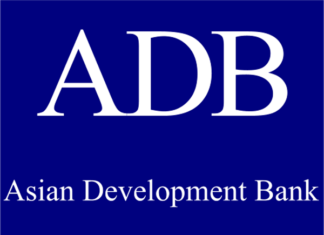Pakistan’s Economic Survey 2024-25 paints a picture of recovery, boasting a 2.7% GDP growth rate and a path toward medium-term expansion. Yet beneath the optimism lies an economy that remains structurally weak, narrowly driven, and burdened by chronic inefficiencies that government spin cannot obscure.
The headline number, 2.7%, signals a modest rebound — especially after the government walked back its original 3.6% target. But the nature of this recovery deserves greater scrutiny. The late-year acceleration in growth contradicts earlier trends of stagnation. Most of the gains appear concentrated in a few subsectors of industry, particularly apparel, while agriculture and large-scale manufacturing continue to flounder. Without broad-based momentum, the growth appears fragile.
Large-scale manufacturing, a bellwether for industrial strength, contracted despite policy efforts. High energy costs, import restrictions, and low domestic demand are dragging the sector down. The government’s approach, which has been to save dollars by substituting imports, has stifled competitiveness. Pakistan’s manufacturing sector needs a decisive shift toward export orientation. That requires not only supply chain reforms but also a deliberate strategy to open markets and foster productivity rather than protectionism.
The government also touts an increase in per capita GDP, yet that measure is misleading. The rupee’s relative stability against the US dollar has inflated the figure, masking the fact that purchasing power and living standards remain stagnant for most citizens. GDP per capita in dollar terms cannot meaningfully reflect real welfare improvements without genuine, inflation-adjusted gains across income groups.
Even more troubling is the hollow structure of Pakistan’s tax regime. The tax-to-GDP ratio remains woefully low, in part because key sectors such as agriculture and retail are still undertaxed. While the government speaks of tax reform, its record suggests reluctance to challenge entrenched interests. The burden remains on salaried workers and formal businesses, discouraging growth in precisely the areas needed to diversify the economy.
Economists agree that the country lacks strong engines for sustainable growth. GDP expansion remains too concentrated in select industries, and without reviving investment, trade, and competitive manufacturing, Pakistan will continue to cycle through shallow recoveries and steep declines. The IMF’s modest growth forecast of 2.6% for the coming year reflects this fragility.
Ultimately, the survey reflects two stories: one of data-driven optimism and one of structural stagnation. Pakistan needs more than modest quarterly upticks and global praise for macro-stabilization. It needs tax fairness, industrial competitiveness, and deeper investment in sectors that can drive real, inclusive growth. Without these, the government’s numbers will remain just that: numbers.























